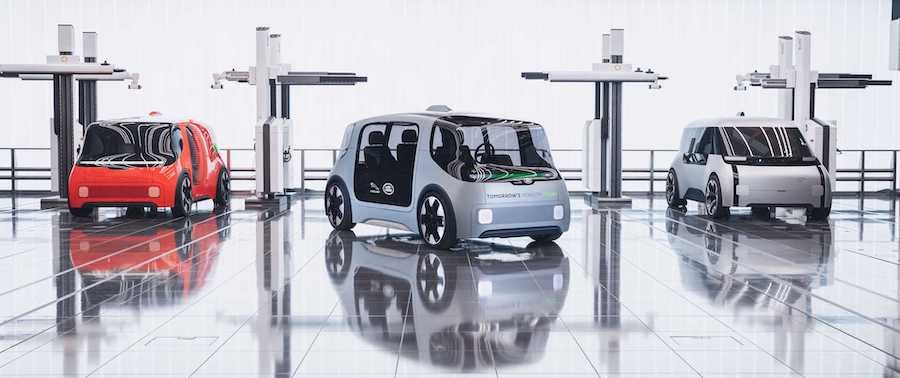Jaguar Project Vector 'Autonomy-Ready' Platform Concept Revealed

Jaguar Land Rover has unveiled a new platform for autonomous electric cars of the future. Project Vector, part of the company's Destination Zero plan for a cleaner and safer future is the company's vision of "an autonomous, electric, connected future for urban mobility."
Project Vector could form the basis of a number of future vehicles, being a flexible multi-use platform that is "autonomy-ready."
"Jaguar Land Rover understands the trends shaping modern societies. Project Vector shows Jaguar Land Rover as a leader in innovation to make our societies safer and healthier, and the environment cleaner," said Jaguar Land Rover chief executive officer, Ralf Speth. "Through this project, we are collaborating with the brightest minds in academia, supply chain and digital services, to create connected, integrated mobility systems – the fundamental building blocks for Destination Zero."
"Project Vector is precisely the brave and innovative leap forward needed to deliver on our mission."
The platform, developed at the National Automotive Innovation Centre, is four meters (157.4 inches) in length and has all of its battery and drivetrain components packed into a flat floor, aiding its versatility, and giving plenty of cabin space that can be used in a variety of different configurations.
"The mega trends of urbanisation and digitalisation make connected urban mobility systems necessary and inevitable," said Dr. Tim Leverton, the project director of Project Vector. "Shared and private vehicles will share spaces with and be connected to public transit networks, so you can travel on demand and autonomously. That is a complex task, best achieved by working together with partners across the spectrum of vehicles, infrastructure and the digital world.
"With the technology and engineering power of Jaguar Land Rover, we can provide a unique opportunity for innovators to develop highly-functional urban mobility services, seamlessly integrated into everyday life.
"Future urban travel will be a composite of owned and shared vehicles, access to ride hailing and on-demand services as well as public transport. Our vision shows the vehicle as a flexible part of the urban mobility network that can be adapted for different purposes."


Nouvelles connexes


